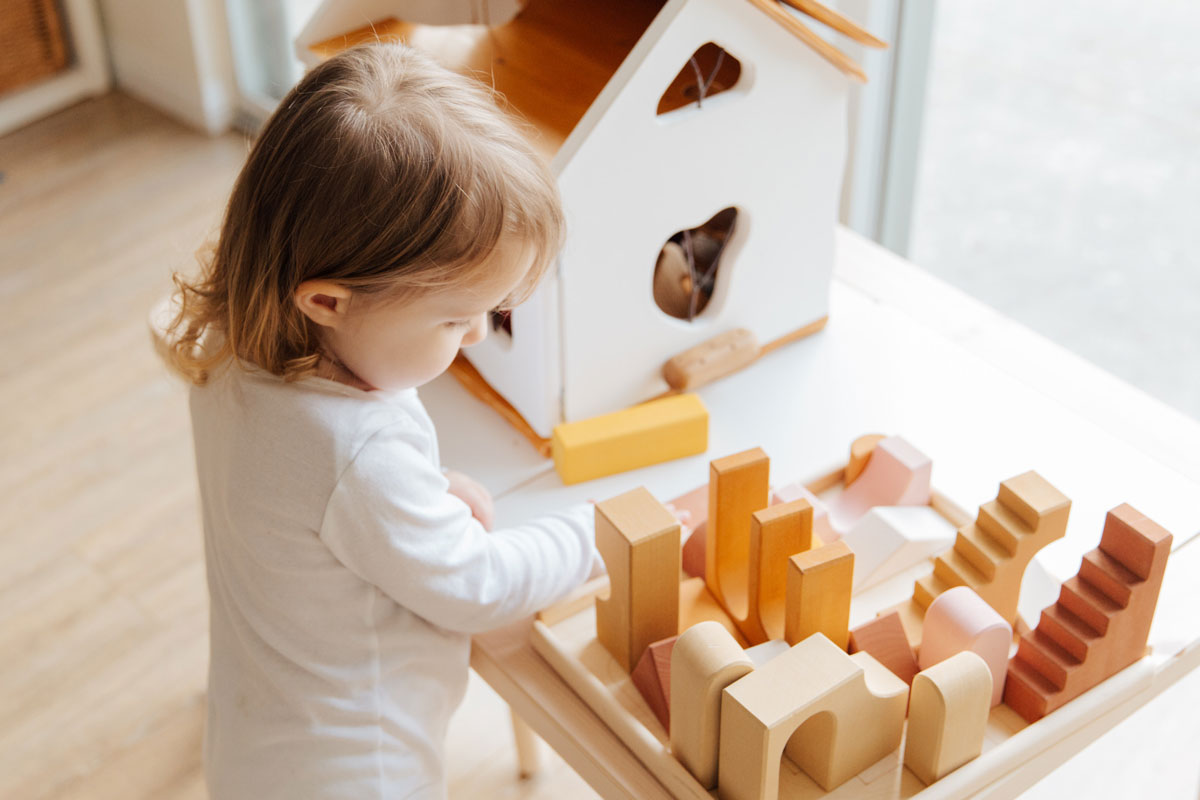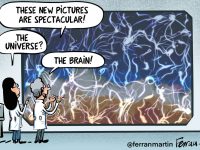
Everything we learn is stored in the brain with connections between neurons, which we call «neural plasticity». It is most pronounced in childhood and gradually decreases with age. However, although children have a great capacity to learn, they do not have routines, so they learn in a chaotic way. As we grow up and adopt routines, we continue to learn because they compensate for some of the lost plasticity.
People’s learning is a process of accumulation, with the first bits of knowledge remaining in the deeper layers. In the case of people with Alzheimer’s, neurons in the upper layers start to die, which is why the oldest memories are the last to disappear. However, there is one thing that is not lost and which is a case study, and that is self-awareness, one’s own identity. This is because it is not acquired from learning, but from the brain’s perception of who we are.
Supplements and activities such as hobbies, socialising, listening to music, reading, or doing sports help maintain neuroplasticity, but do not extend it, as some commercials imply.
Answered by David Bueno, director of the Chair of Neuroeducation of the Department of Genetics, Microbiology and Statistics of the University of Barcelona.
Question sent by Paula Esteve.
«Mètode’s whys and wherefores» is a popular science section in which readers can submit their scientific doubts or questions and an expert on the subject will answer them. You can submit your questions with this form. Among all those we publish, a set of Mètode publications will be drawn every quarter.





